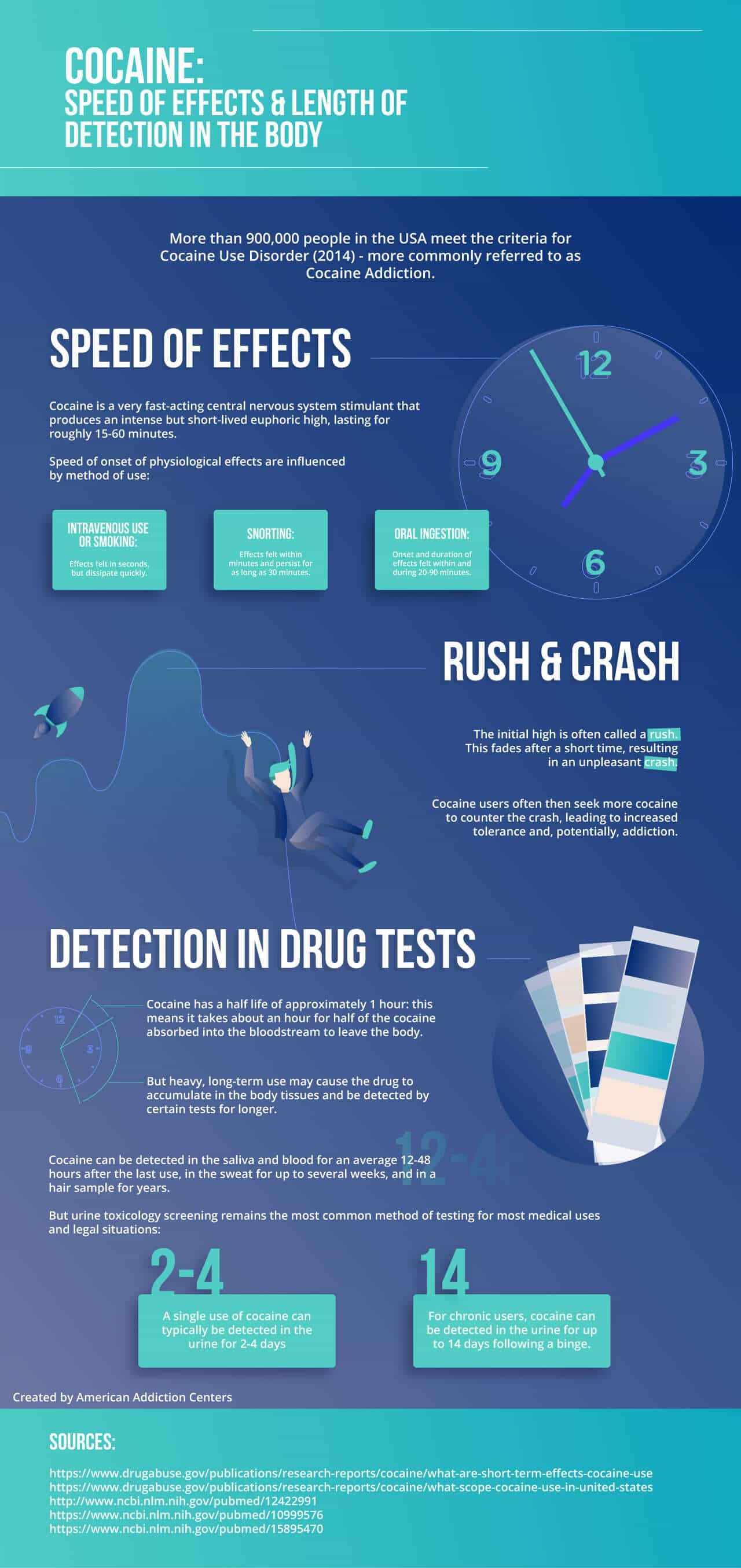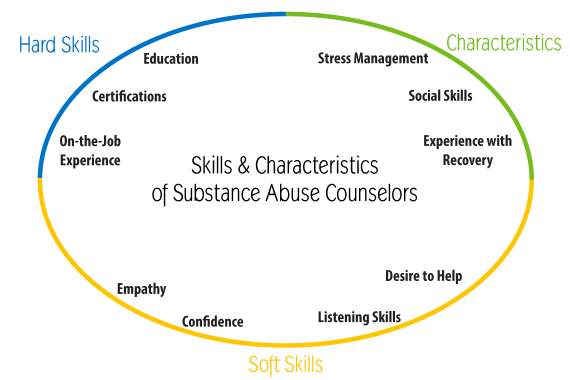"A research study of three kinds of group psychotherapy with hospitalized male inebriates". 18 (2 ): 26377. PMID 13441877. Cartwright AK (December 1981). "Are various healing perspectives important in the treatment of alcohol addiction?". 76 (4 ): 34761. doi:10.1111/ j. 1360-0443.1981. tb03232.x. PMID 6947809. Department of Behavioral Health Services, ADHS/DBHS Finest Practice Advisory Committee. "Customer Directed, Outcome-Informed Practice (CDOI)".
"A psychoanalytical theory of 'drug addiction': unconscious dreams of homosexuality, obsessions and masturbation within the context of teratogenic processes". Int J Psychoanal. 76 (Pt 6): 112142. PMID 8789164. Marlatt, G. Alan (1985 ). "Cognitive factors in the relapse procedure". In Gordon, Judith R.; Marlatt, G. Alan (eds.). New York: Guilford Press.
Glavin, Chris (6 February 2014). "Cognitive Models of Dependency Recovery K12 Academics". www.k12academics.com. Retrieved 1 October 2018. Beck, Aaron T.; Wright, Fred D.; Newman, Cory F.; Liese, Bruce S. (16 January 2001). "Ch 11: Focus on Beliefs". Cognitive Therapy of Substance Abuse. Guilford Press. pp. 16986 - how the affordable care act has helped addiction treatment. ISBN 978-1-57230-659-2. Mendelson JH, Sholar MB, Goletiani N, Siegel AJ, Mello NK (September 2005).
Neuropsychopharmacology. 30 (9 ): 175163. doi:10.1038/ sj.npp. 1300753. PMC. PMID 15870834. Carmody TP, Vieten C, Astin JA (December 2007). "Unfavorable affect, psychological acceptance, and smoking cessation". J Psychoactive Drugs. 39 (4 ): 499508. doi:10.1080/ 02791072.2007.10399889. PMID 18303707. Ruiz, F. J. (2010 ). "A review of Approval and Dedication Therapy (ACT) empirical proof: Correlational, speculative psychopathology, component and result research studies".
10 (1 ): 12562. Hayes, Steven. "State of the ACT Proof". ContextualPsychology.org. Black DS (April 2014). "Mindfulness-based interventions: an antidote to suffering in the context of compound use, abuse, and dependency". Subst Usage Abuse. 49 (5 ): 48791. doi:10.3109/ 10826084.2014.860749. PMID 24611846. Chiesa A (April 2014). "Are mindfulness-based interventions reliable for substance use disorders? An organized evaluation of the proof".
49 (5 ): 492512. doi:10.3109/ 10826084.2013.770027. PMID 23461667. Garland EL (January 2014). "Mindfulness training targets neurocognitive systems of dependency at the attention-appraisal-emotion user interface". Front Psychiatry. 4 (173 ): 173. doi:10.3389/ fpsyt. 2013.00173. PMC. PMID 24454293. "Deadly overdoses, scams plague Florida's booming drug treatment industry". NBC News. Recovered 1 November 2017. Sforza, Teri; et al.

"How some Southern California drug rehabilitation centers make use of dependency". ocregister.com. Ancyc, Tyra; et al. (10 March 2020). "Rehabilitation in Thailand". thairehabhelper.com. Karasaki, et al. (2013 ). The Location of Volition in Dependency: Differing Approaches and their Implications for Policy and Service Provision. Kinsella, M. (2017 ). "Cultivating customer autonomy in addiction rehabilitative practice: The role of restorative 'existence'." Journal of Theoretical and Philosophical Psychology, 37( 2 ), 91108.
The 25-Second Trick For Which Of The Following Has Been Examined As A Possible Treatment For Smoking Addiction?
Table of Contents Drug abuse treatment plans not just assist addicts cleanse in a safe environment however likewise help them through all stages of the healing process. In 2015, the Drug Abuse and Mental Health Services Administration (SAMHSA) approximated that nearly 22 million individuals at least 12 years of age needed substance abuse treatment. No single meaning of treatment exists, and no standard terminology explains various dimensions and aspects of treatment. Explaining a center as supplying inpatient care or ambulatory services identifies only one aspect (albeit an essential one): the setting. Furthermore, the specialized drug abuse treatment system varies around the country, with each State or city having its own peculiarities and specialties. how to find free meth addiction treatment centers in san diego.
California also offers a number of community-based social model public sector programs that emphasize a 12-Step, self-help technique as a structure for life-long healing (where are the internet addiction treatment camps). In this chapter, the term treatment will be restricted to describing the official programs that serve clients with more severe alcohol and other drug problems who do not react to quick interventions or other office-based management techniques.
In many neighborhoods, a public or private firm regularly compiles a directory of compound abuse treatment facilities that supplies useful details about program services (e.g., type, area, hours, and accessibility to mass transit), eligibility requirements, expense, and personnel enhance and qualifications, consisting of language proficiency. This directory may be produced by the regional health department, a council on alcoholism and substance abuse, a social services company, or volunteers in recovery.
Another resource is the National Council on Alcohol and Substance Abuse, which supplies both evaluation or recommendation for a sliding scale cost and distributes free details on treatment centers nationally. Also, the Substance Abuse and Mental Health Services Administration disperses a National Directory of Substance Abuse and Alcohol Addiction Treatment and Prevention Programs (1-800-729-6686). Knowing the resources and a contact individual within each will facilitate access to the system.
Resources also should include self-help groups in the area. While each person in treatment will have particular long- and short-term goals, all specialized drug abuse treatment programs have actually three comparable generalized goals (Schuckit, 1994; Lowering compound abuse or attaining a substance-free lifeMaximizing several elements of life functioningPreventing or minimizing the frequency and intensity of regression For most patients, the primary goal of treatment is attainment and maintenance of abstinence (with the exception of methadone-maintained clients), but this might take numerous attempts and failures at "regulated" usage before enough inspiration is activated.
Becoming alcohol- or drug-free, nevertheless, is only a start. Many patients in substance abuse treatment have numerous and intricate problems in numerous elements of living, consisting of medical and psychological illnesses, interrupted relationships, underdeveloped or degraded social and occupation skills, impaired efficiency at work or in school, and legal or financial problems.
Considerable efforts need to be made by treatment programs to assist clients in ameliorating these issues so that they can presume suitable and responsible functions in society. This entails taking full advantage of physical health, dealing with independent psychiatric disorders, enhancing mental performance, dealing with marital or other household and relationship issues, dealing with financial and legal issues, and improving or establishing needed instructional and vocational skills.
What Is Holistic Treatment For Drug Addiction Can Be Fun For Anyone
Progressively, treatment programs are also preparing patients for the possibility of regression and helping them comprehend and prevent hazardous "triggers" of resumed drinking or drug usage. Patients are taught how to acknowledge hints, how to manage craving, how to develop contingency plans for managing difficult circumstances, and what to do if there is a "slip." Regression prevention is especially essential as a treatment goal in an age of shortened formal, extensive intervention and more focus on aftercare following discharge.

All the long-term research studies find that "treatment works"-- the majority of substance-dependent clients ultimately stop compulsive usage and have less regular and severe relapse episodes ( American Psychiatric Association, 1995; Landry, 1996). The most positive impacts generally happen while the client is actively taking part in treatment, however extended abstaining following treatment is a great predictor of continuing success.
Continuing participation in aftercare or self-help groups following treatment likewise appears to be associated with success ( American Psychiatric Association, 1995). An increasing number of randomized clinical trials and other outcome studies have been undertaken over the last few years to take a look at the effectiveness of alcohol and different forms of substance abuse treatment.
However, a few summary declarations from an Institute of Medication report on alcohol https://zenwriting.net/alannasuxc/after-this-limit-is-reached-extra-treatment-can-produce-further-progress studies are pertinent: No single treatment approach is efficient for all individuals with alcohol problems, and there is no general benefit for residential or inpatient treatment over outpatient care. Treatment of other life issues connected with drinking improves results.
Clients who significantly decrease alcohol intake or end up being absolutely abstinent usually enhance their performance in other locations ( Institute of Medication, 1990). A recent contrast of treatment compliance and relapse rates for patients in treatment for opiate, cocaine, and nicotine reliance with results for 3 typical and chronic medical conditions (i.e., hypertension, asthma, and diabetes) discovered comparable reaction rates throughout the addicting and chronic medical disorders ( National Institute on Drug Abuse, 1996). All of these conditions require behavioral change and medication compliance for effective treatment.
Essential distinctions in language continue in between public and economic sector programs and, to a lesser extent, in treatment efforts originally established and targeted to persons with alcohol- rather than illegal drug-related issues. Programs are progressively attempting to fulfill individual requirements and to customize the program to the clients instead of having a single standard format with a fixed length of stay or series of defined services.
These services can be offered for varying lengths of time and delivered at differing strengths. Another crucial measurement is treatment stage, because different resources may be targeted at various phases along a continuum of recovery. Programs also have actually been established to serve unique populations-- by age, gender, racial and ethnic orientation, drug of option, and functional level or medical condition.
What Does What Is The Latest Treatment For Opioid Addiction Mean?
Historically, treatment programs were established to show the philosophical orientations of founders and their beliefs concerning the etiology of alcoholism and substance abuse. Although the majority of programs now integrate the following three approaches, a short review of earlier differences will assist main care clinicians comprehend what precursors might endure or control amongst programs.
A mental design, concentrating on an individual's maladaptive motivational learning or emotional dysfunction as the primary cause of substance abuse. This method includes psychiatric therapy or behavior modification directed by a psychological health professional. A sociocultural model, stressing deficiencies in the social and cultural scene or socialization procedure that can be ameliorated by altering the physical and social environment, particularly through participation in self-help fellowships or spiritual activities and supportive social media networks.
These 3 designs have actually been woven into a biopsychosocial technique in most modern programs. The four significant treatment techniques now widespread in public and personal programs are The Minnesota design of property chemical dependency treatment incorporates a biopsychosocial disease design of addiction that focuses on abstinence as the primary treatment goal and utilizes the AA 12-Step program as a significant tool for healing and regression avoidance.